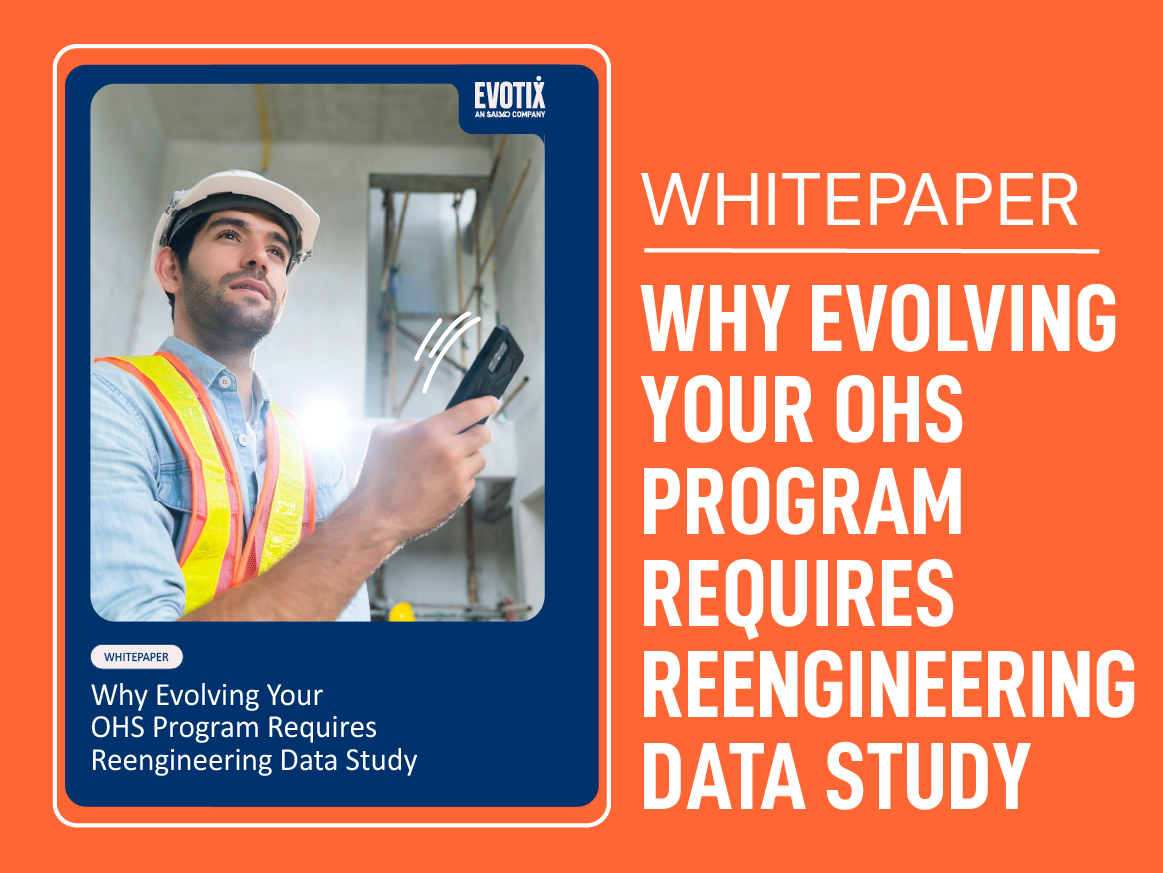FREE WHITEPAPER
Occupational Health and Safety (OHS) Data Management – What, How and Why Approach

In this whitepaper, you'll:
- Discover an Evaluation of OHS Data, Along with Answers to These Three Key Questions
1. How are we doing?
2. Where are we going?
3. What can we do to improve or change direction? - Discover A Few "Aha" Moments
Organizations are now looking into cloud storage, predictive analytics, machine learning, data lakes, data warehouses and IoT innovations to advance collecting and analyzing data. With an assurance of quality from these technologies, OHS data can be used for superior health and safety programs and to pursue other data-driven technology innovations like predictive analytics. - Answer Your Big Questions on WHY Evolving Your OHS Program Requires Reengineering
With quality data and a technology solution designed for managing OHS data and advanced processes, your OHS department will grow and prosper and be viewed as a vital contributor to the organization.
What are you waiting for? Download this whitepaper to learn how good EHS&S management goes beyond safeguarding lives and the environment.